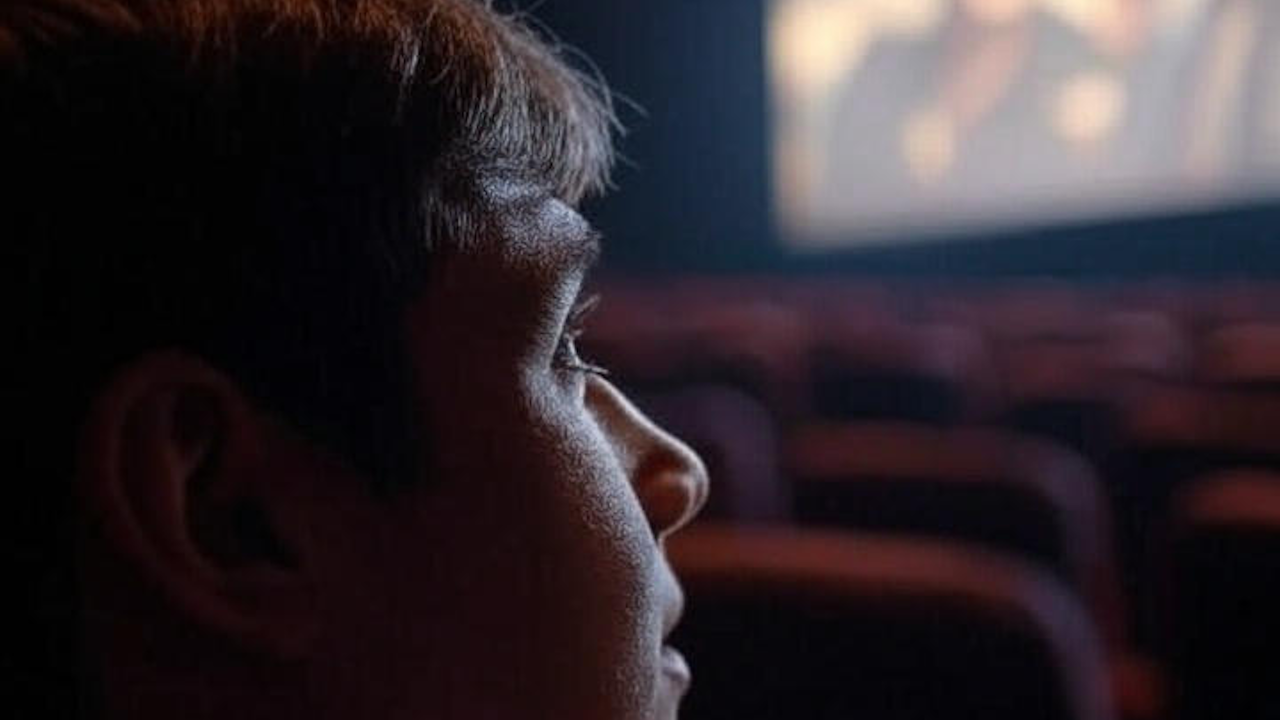Movie trailers are a fascinating, often insidious, art form. Far from being a simple preview, they are meticulously crafted psychological tools, designed to manipulate our emotions and compel us into cinemas. This intricate dance of sound, imagery, and pacing goes far beyond mere information dissemination. It’s a sophisticated exercise in emotional engineering, exploiting our cognitive biases and primal urges to create an almost irresistible desire to see the full feature.
One of the most potent techniques in a trailer’s arsenal is the strategic use of music and sound design. The score for a trailer is rarely just background noise. It’s an active participant in shaping our emotional response. Uplifting, orchestral swells can evoke a sense of grandeur and excitement for a superhero epic, while a dissonant, low hum can generate unease and dread for a horror film. Sudden, sharp stingers can create jump scares even in the absence of on screen terror, training our bodies to anticipate fright. Conversely, a carefully placed silence, followed by a dramatic sound effect, can amplify tension and create a sense of impending revelation. The choice of tempo also plays a crucial role. Fast paced, accelerating music builds anticipation and energy, suggesting thrilling action or a rapid unfolding of events. Slower, melancholic melodies can hint at emotional depth or tragic circumstances, drawing us into a narrative of sorrow or reflection.
Beyond the auditory, the visual editing of a trailer is a masterclass in psychological manipulation. Trailers rarely show scenes in chronological order. Instead, they present a carefully curated mosaic of the film’s most impactful moments, often taken out of context to maximize emotional punch. A shot of a character looking distressed might be followed by a close up of a menacing figure, implying a direct threat that may not exist in the final film. Quick cuts, especially in action or thriller trailers, create a sense of frantic energy and excitement, overwhelming our cognitive processing and leaving us with an impression of non stop thrills. The use of slow motion can heighten dramatic impact, allowing us to linger on a particularly poignant or visually stunning moment, imbuing it with greater significance. Color grading is another subtle yet powerful tool. Desaturated colors can evoke a sense of bleakness or realism, while vibrant, saturated hues can signal fantasy, joy, or intense passion.
Narrative manipulation is perhaps the most deceptive aspect of trailer creation. A good trailer doesn’t just show us what happens; it hints at a compelling story, often by creating a mystery or posing a question. Voiceovers are frequently used to establish tone, introduce key themes, or provide tantalizing snippets of dialogue that leave us wanting more. The art lies in revealing just enough to pique our interest, without giving away crucial plot points. This delicate balance is achieved by selectively showcasing emotional peaks and valleys from the film, suggesting a journey of triumph, heartbreak, or suspense. Trailers excel at creating a sense of urgency or impending doom, making us feel that we absolutely must know what happens next. They can construct false narratives by juxtaposing unrelated shots, leading us to believe in character arcs or plot twists that are entirely different in the actual movie. This technique exploits our natural human tendency to seek patterns and create coherent stories, even when presented with fragmented information.
Furthermore, trailers often tap into our universal emotional archetypes and societal anxieties. A trailer for a disaster movie will exploit our fear of the unknown and our vulnerability to natural forces. A romantic comedy trailer will play on our desire for connection, laughter, and happy endings. Horror trailers exploit our primal fear of death, the supernatural, and the unknown. By appealing to these deeply ingrained emotional responses, trailers can bypass our rational defenses and connect with us on a visceral level. The use of familiar tropes and archetypes provides an immediate emotional shorthand, allowing the trailer to quickly establish its genre and its intended emotional impact.
Finally, the strategic placement and timing of trailers are also part of their manipulative power. Releasing a trailer for a highly anticipated film during a major sporting event or alongside another blockbuster creates a sense of shared excitement and cultural significance. The build up to a trailer’s release itself can generate hype, with teaser trailers often preceding full length ones, further intensifying anticipation. The very act of watching a trailer, particularly in a cinema before another film, places us in a receptive, already entertained state, making us more susceptible to its emotional overtures.
In conclusion, movie trailers are far more than simple advertisements. They are sophisticated instruments of emotional manipulation, employing a rich tapestry of audio visual techniques, clever narrative construction, and a deep understanding of human psychology. By expertly orchestrating music, editing, storytelling, and tapping into our deepest fears and desires, they create an almost irresistible urge to experience the full emotional spectrum of the film. While we may consciously recognize their purpose, their power lies in their ability to bypass our rational minds and speak directly to our emotions, ensuring that long before we enter the cinema, we are already under their spell.

